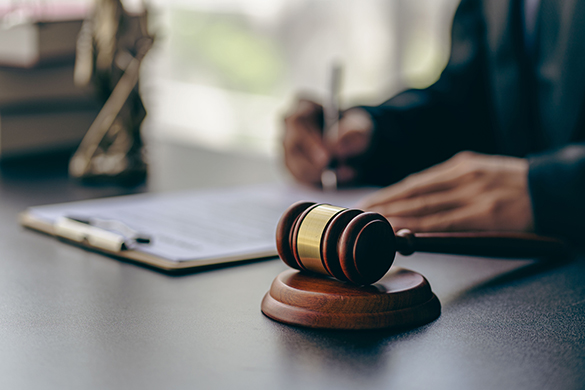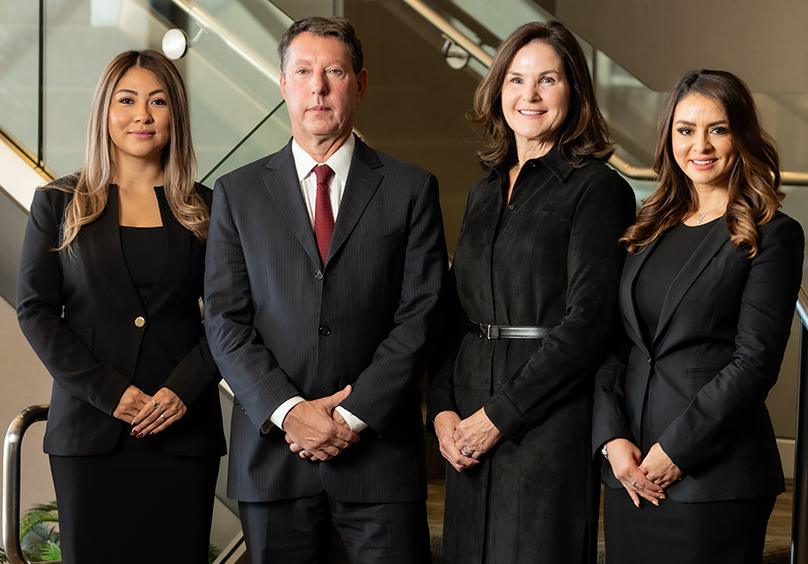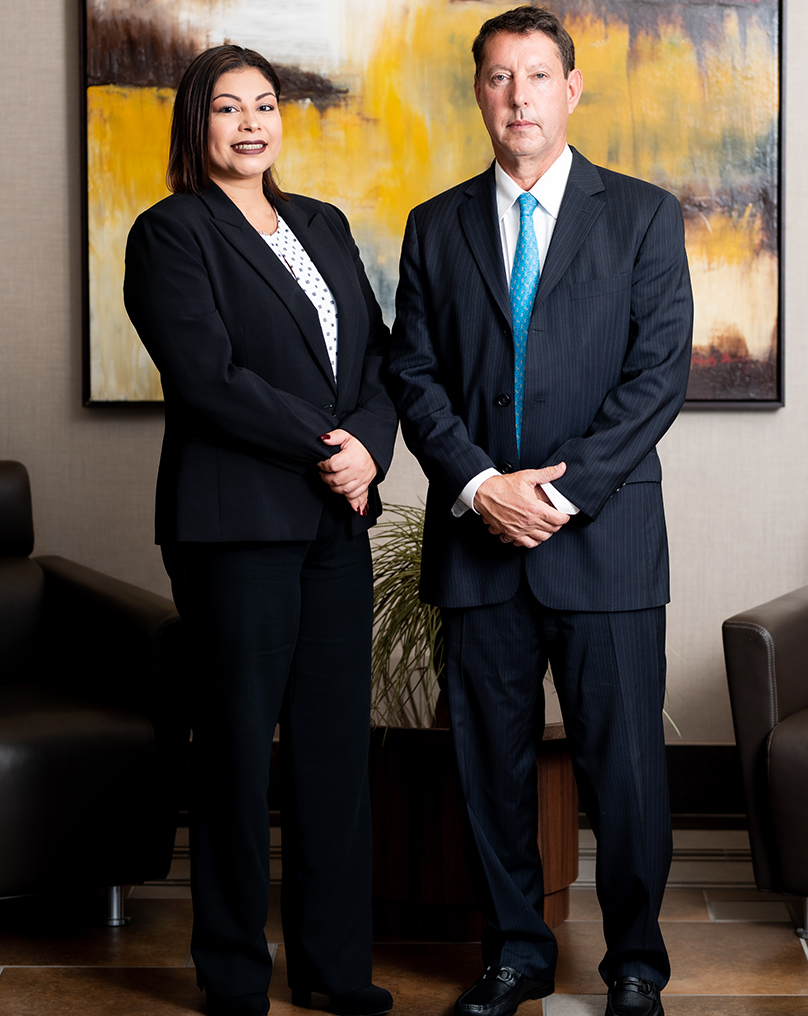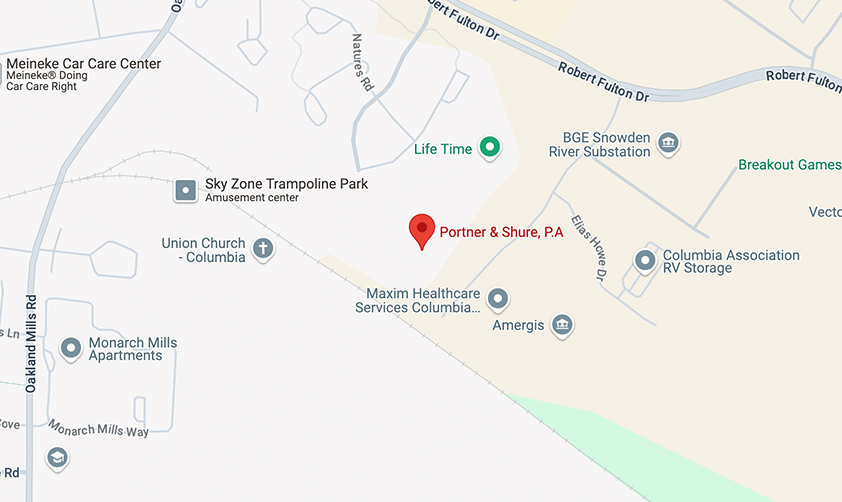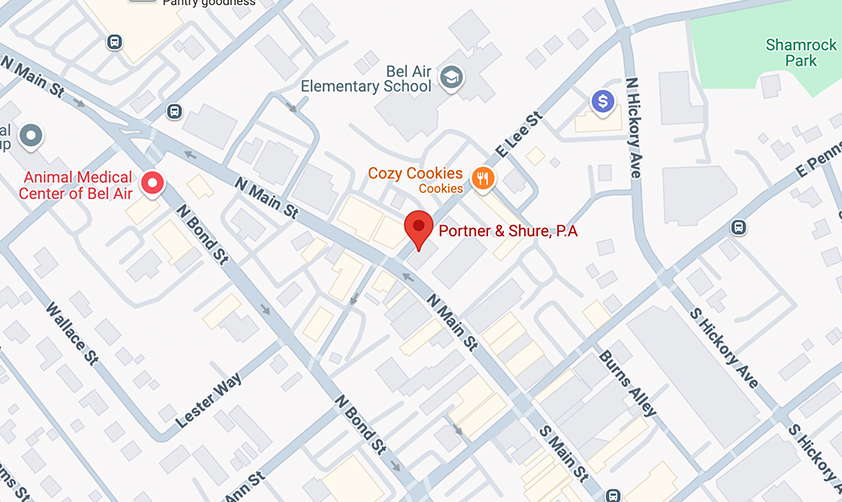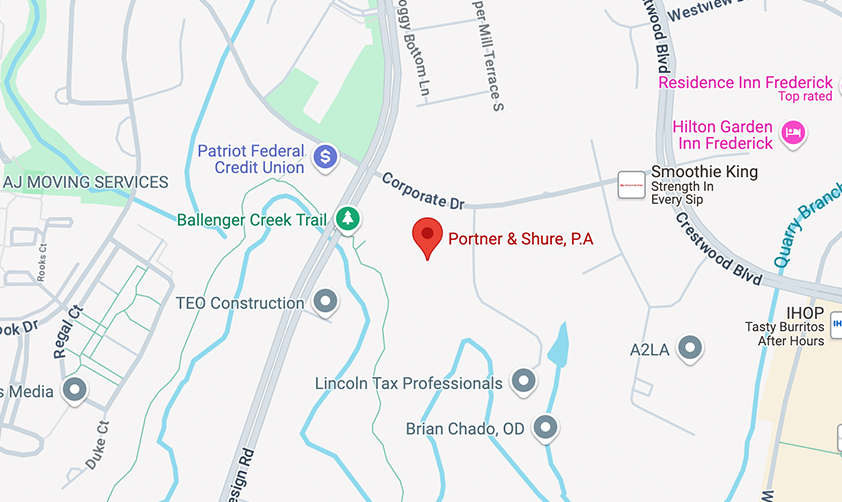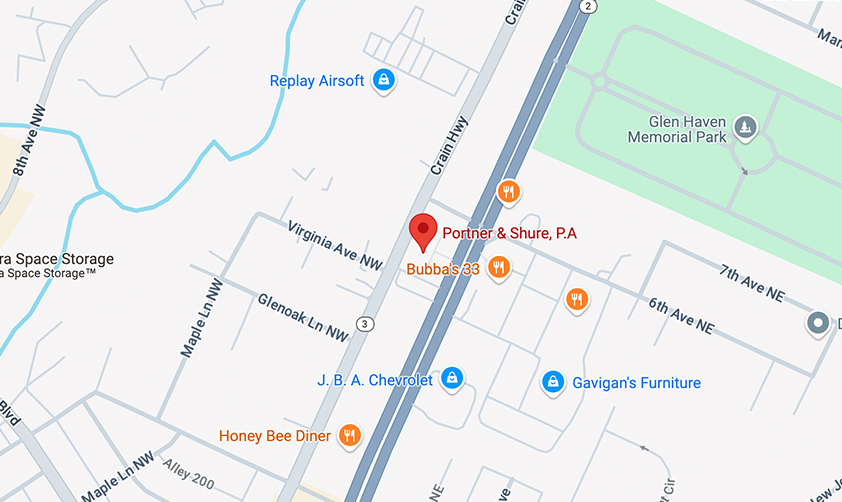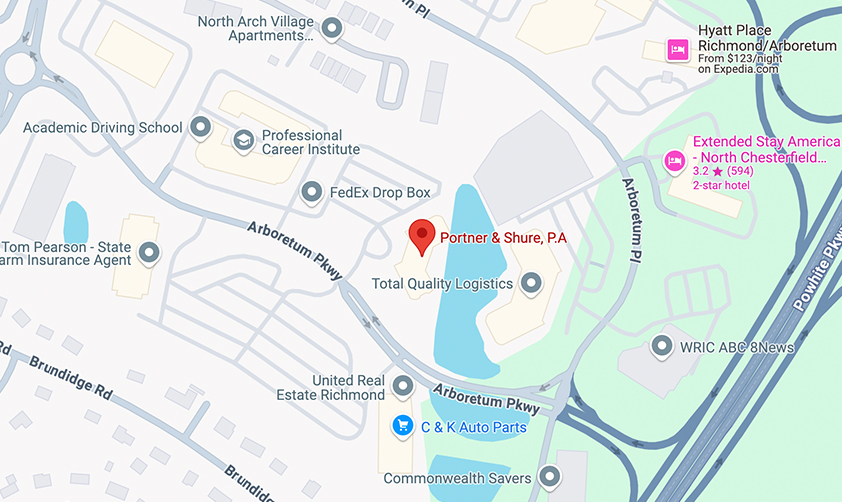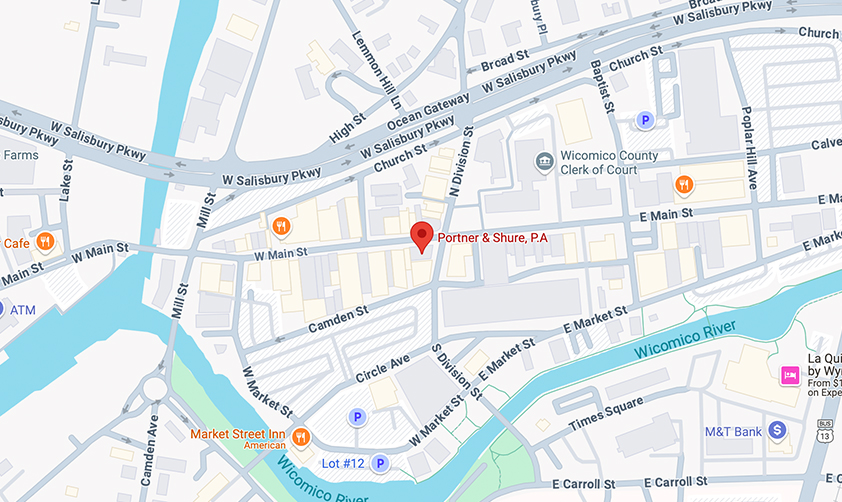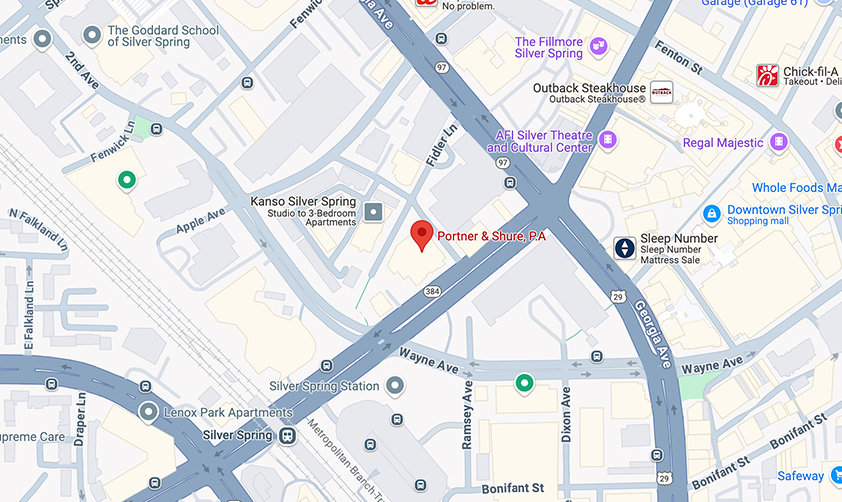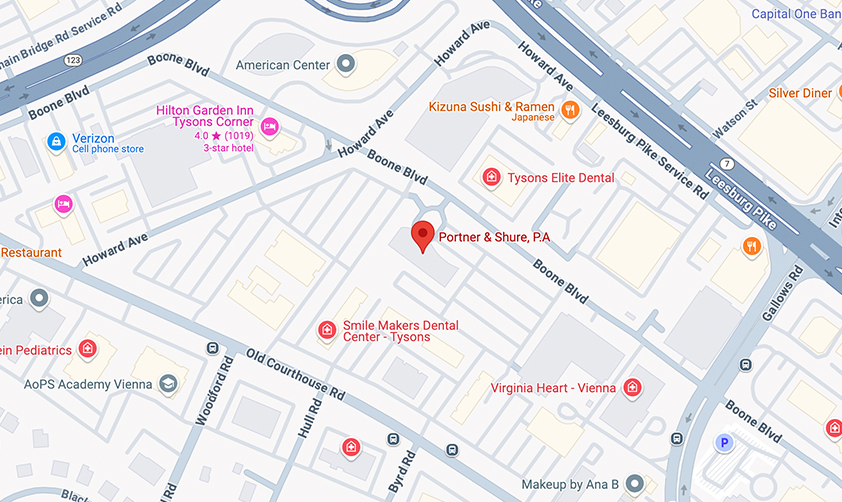Slip and fall accidents are easily one of the most common types of premises liability claims, let alone personal injury claims. Do not assume that your slip and fall case is an “easy” win, though, just because thousands of these cases are filed in American courts each year. The reality is that premises liability claims are difficult claims to prove and even more difficult to end with a great settlement or verdict.
As a slip and fall accident victim, you should seek legal representation with an experienced Bel Air, Maryland slip and fall attorney. Our award-winning team at Portner & Shure, P.A. has been successfully obtaining compensation for injured slip and fall victims in Bel Air for more than 30 years. We might be able to do the same for you!
Let’s see how we can help. Please call .
Key Details of Slip and Fall Claims
Slip and fall claims are justified when a person suffers an injury due to a “dangerous condition” being present on a property, and that condition made them slip, fall, and get hurt. The owner of the property may be liable for the injury and the related damages.
Property owners have a duty of care to inspect and maintain their property to keep the property reasonably safe. A person’s status on the property affects the duty of care owed to them by a property owner. The highest duty of care is owed to business invitees while the lowest duty of care is owed to trespassers. This duty of care notwithstanding, the fact that a dangerous condition existed on the property does not make the property owner automatically liable. It has to be proven.
Proving a Slip and Fall Claim
There are three legal theories under which a slip and fall victim can hold a property owner liable:
- Insufficient action: A slip and fall victim can hold a property owner liable by proving that the owner knew of a dangerous condition but failed to repair the condition or provide sufficient warning.
- Insufficient inspections: A slip and fall victim can hold a property owner liable by proving that a dangerous condition was discoverable had the property owner conducted reasonable inspections.
- Intentional hazard: Finally, a slip and fall victim can hold a property owner liable by providing evidence demonstrating that the property owner created the condition.
What Defenses Could a Property Owner Use?
Property owners frequently assert the defense of lack of knowledge, which basically relies on them arguing that they are not liable because they did not know of the dangerous condition and therefore were unable to provide warnings or repair the dangerous condition. Assuming a slip and fall victim proves that a property owner had knowledge of a dangerous condition, or that a dangerous condition was blatantly apparent, property owners often raise the defenses of contributory negligence or assumption of risk. Essentially, the property owner will say that the claimant’s own mistakes or recklessness contributed to their injuries, which should make them not liable for the damages.
Injuries and Damages in Slip and Fall Claims
Common injuries in a slip and fall claim can include:
- Broken bones
- Back injuries
- Concussions
- Muscle sprains
- Brain injuries
- Leg injuries
To recover from these injuries, slip and fall victims require medical care and rehabilitation that can last for months. The cost of these special treatments can be recovered through a successful claim. Also, the money the injured party did not earn from work due to being hospitalized can be recovered. Plus, noneconomic damages related to pain and suffering are allowed in a slip and fall accident claim.
Portner & Shure, P.A. – With You All the Way
For more than 30 years, Portner & Shure, P.A. has been the first name in slip and fall injury representation in Bel Air, Maryland. Find out why for yourself by recruiting our team to act on your behalf. We offer contingency fees, which means you do not need to pay us any attorney fees unless we win your case!

